Advertisement
Generative AI tools like ChatGPT and DALL·E are revolutionizing technology, but their rapid growth demands strong AI governance. Without it, GenAI risks harming individuals, companies, and society. This article explores why AI governance matters, its challenges, and how to ensure a safe, positive future as GenAI continues to evolve.
 Artificial intelligence with the ability to produce new content operates under the connotations of Generative AI. The system generates content from different formats including texts, images, videos, music alongside elaborate designs. GenAI generates new final outputs through analysis of patterns extracted from its acquired knowledge while traditional AI systems remain limited to information processing alone.
Artificial intelligence with the ability to produce new content operates under the connotations of Generative AI. The system generates content from different formats including texts, images, videos, music alongside elaborate designs. GenAI generates new final outputs through analysis of patterns extracted from its acquired knowledge while traditional AI systems remain limited to information processing alone.
You have likely interacted with GenAI already. For example:
These innovations are powerful but also come with risks if not used responsibly.
The growing popularity of Generative AI (GenAI) can be attributed to its remarkable versatility and accessibility. Businesses, creatives, and individuals across various industries are leveraging these tools to streamline workflows, spark creativity, and solve complex problems. From automating tedious tasks to creating compelling content, GenAI has become a vital resource in today's digital age.
Several factors have fueled the explosion of interest in GenAI:
As more people and organizations explore GenAI, the need to guide its use becomes clear.
While GenAI offers many benefits, it also poses threats:
These challenges show why AI governance is not optional but necessary.
AI governance refers to the frameworks, rules, and policies that guide the development and use of artificial intelligence. Good governance ensures that AI is:
It involves governments, companies, researchers, and the public working together to create guidelines.
Some major areas that AI governance must address include:
Without governance, GenAI could cause more harm than good.
As artificial intelligence continues to integrate into numerous aspects of society, the potential risks and challenges it poses are growing rapidly. Strong AI governance is essential to ensure these technologies are developed and used responsibly, minimizing harm and maximizing benefits.
Technology is advancing faster than regulations can keep up. GenAI tools are becoming more powerful each year. Without updated policies, bad actors could exploit these tools for personal gain or harm.
Today, GenAI is used by millions around the world. From students using AI for homework to businesses using it for marketing, GenAI affects many areas of life. Poor oversight could lead to widespread problems like data leaks, scams, and discrimination.
Currently, there is no single set of international rules for AI. Each country handles AI differently, which creates confusion and loopholes. Strong, global governance is needed to set clear expectations.
Building effective AI governance faces numerous challenges due to its complex, multifaceted nature. These obstacles range from rapid technological advancements to differing global priorities and ethical considerations.
One major challenge is finding the right balance. Too much regulation could slow down innovation. Too little could invite chaos. Policymakers must create rules that protect people while still allowing technology to grow.
AI is not bound by borders. To govern it properly, countries must work together. This is difficult because nations have different values, interests, and political systems.
Understanding how AI systems work is not easy. Regulators often lack technical knowledge. Without proper understanding, it is hard to create effective policies.
Building better AI governance requires a collaborative effort between governments, industries, and experts. Clear policies, transparency, and ethical considerations are crucial to ensuring AI benefits society as a whole.
AI governance should not be left only to governments. Businesses, researchers, civil society groups, and everyday users must all have a voice. Collaboration creates stronger and more inclusive policies.
Clear rules are essential. Standards must define what is acceptable and what is not. They should also explain how companies will be held responsible if their AI systems cause harm.
Companies and developers must be open about how their AI systems work. Transparency builds trust and allows users to make informed decisions.
The public must understand how GenAI works and what risks it carries. Education programs can help people use AI safely and responsibly.
Governments and organizations should support independent research on AI safety and ethics. Ongoing research ensures that governance frameworks stay up-to-date.
 The future of Generative AI (GenAI) and its governance holds immense potential and significant challenges. Establishing robust frameworks will be crucial to ensuring innovation aligns with ethical and societal values.
The future of Generative AI (GenAI) and its governance holds immense potential and significant challenges. Establishing robust frameworks will be crucial to ensuring innovation aligns with ethical and societal values.
With strong governance, GenAI can unlock amazing new opportunities. It can improve healthcare, education, business, and more.
Governance is a shared responsibility. Governments, companies, and users must all work together. Each has a role to play in ensuring AI serves humanity, not harms it.
Strong governance builds public trust. When people trust AI, they are more likely to use it and benefit from it.
Exploding interest in GenAI is changing the world. But without proper AI governance, the risks could outweigh the rewards. Governance ensures that AI remains a tool for good. It protects our rights, promotes fairness, and builds a future where technology uplifts everyone.
As GenAI continues to evolve, so must our efforts to govern it wisely. The time to act is now.
Advertisement
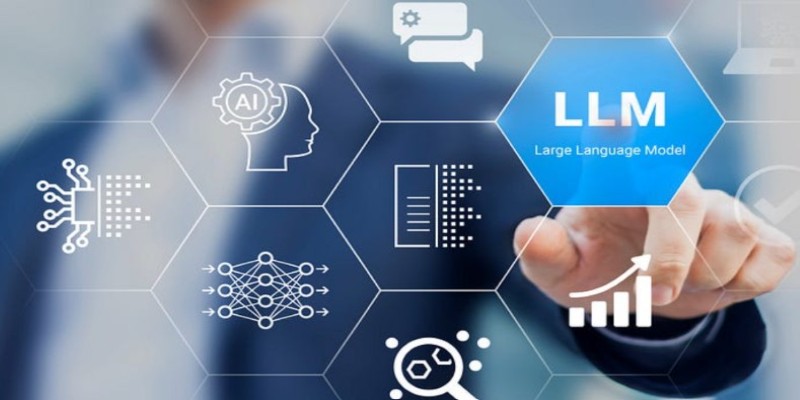
Wondering how people actually get good at working with large language models? Start with these seven straightforward steps that show you what matters and what doesn’t
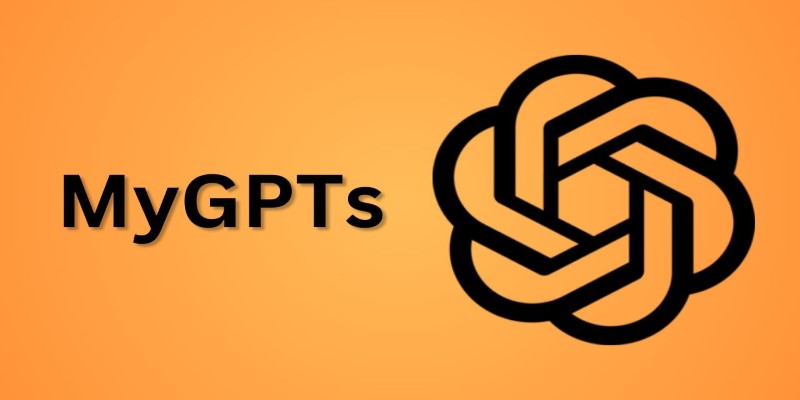
Wish you had a smarter way to learn games or create images? ChatGPT’s “My GPT” bots can help you do all that and more—with no coding or tech skills required
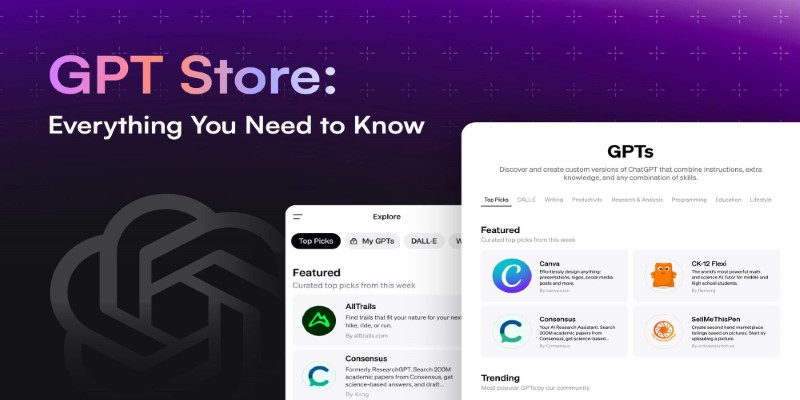
Looking to explore custom chatbots tailored to your needs? Discover how to access and use OpenAI's GPT Store to enhance your ChatGPT experience with specialized GPTs.

Curious about AdaHessian and how it compares to Adam? Discover how this second-order optimizer can improve deep learning performance with better generalization and stability
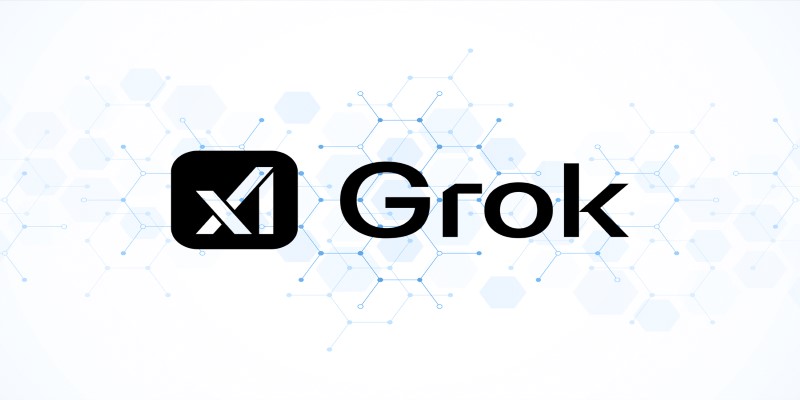
Heard about Grok but not sure what it does or why it’s different? Find out how much it costs, who can use it, and whether this edgy AI chatbot is the right fit for you
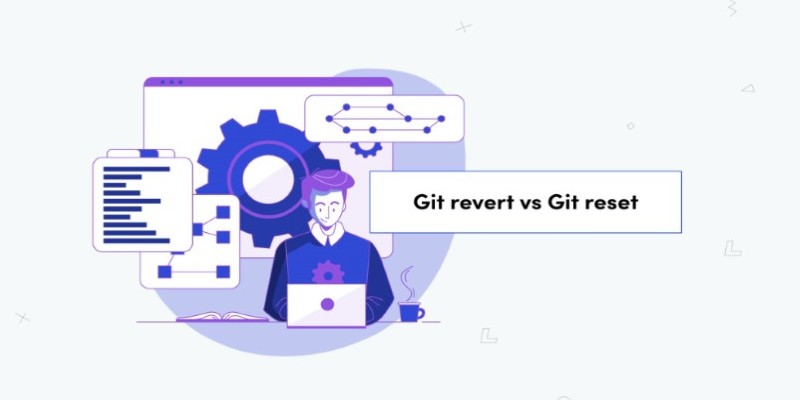
Confused between Git reset and revert? Learn the real difference, when to use each, and how to safely undo mistakes in your projects without breaking anything
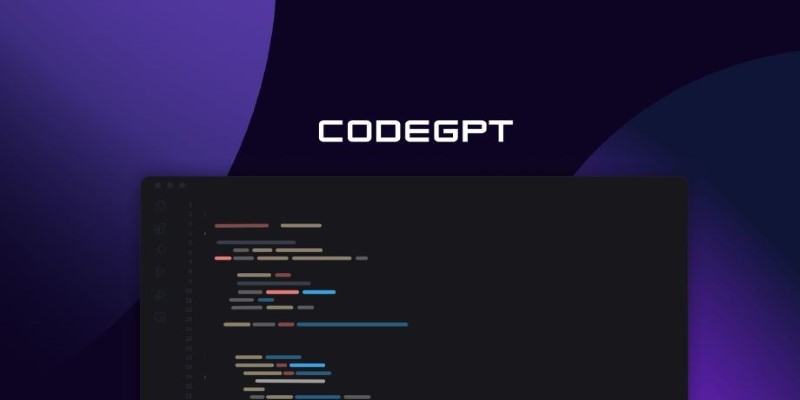
Curious about CodeGPT? Learn what CodeGPT is, how it works, and whether it can really write code that runs. Simple guide for beginners and curious minds
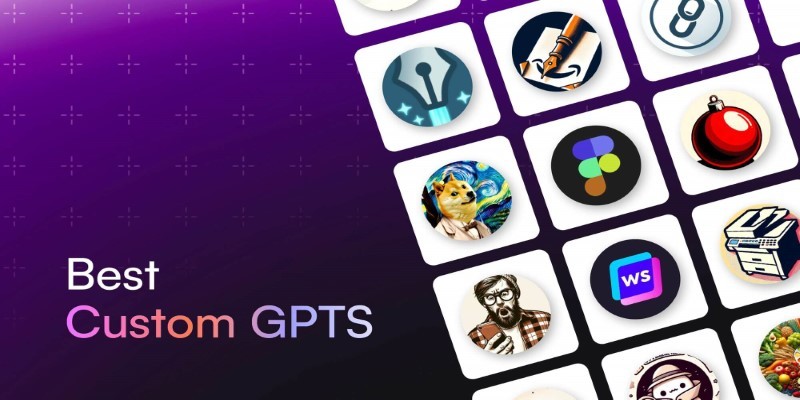
Looking for AI tools that actually help? These 8 custom GPTs are ready to use right away and designed to simplify tasks, solve problems, and speed up your work.
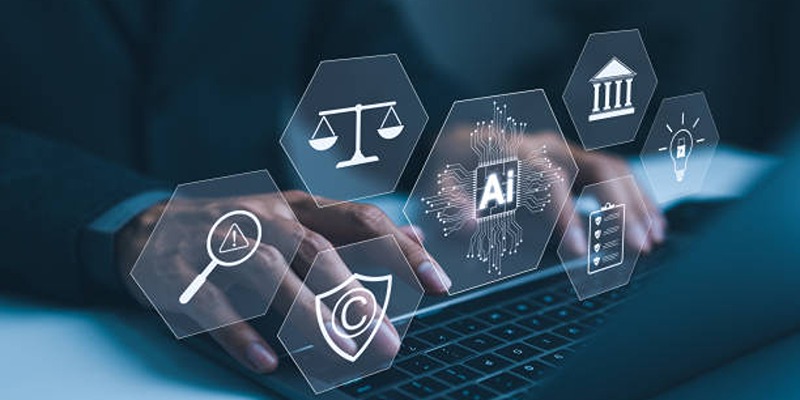
Learn why exploding interest in GenAI makes AI governance more important than ever before.
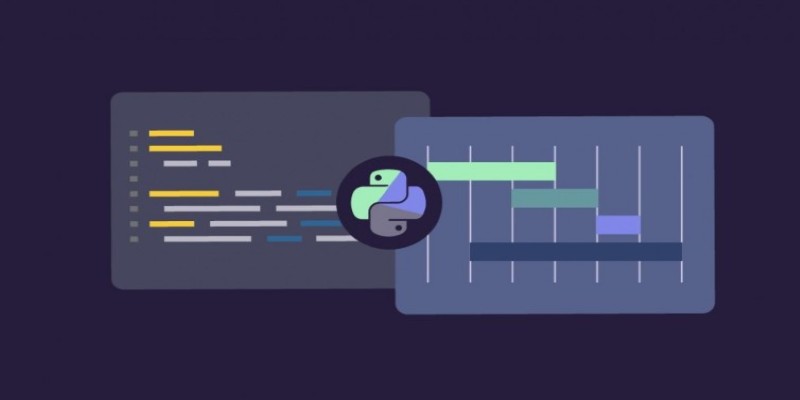
Trying to manage project timelines more easily? Learn how to create clear, customizable Gantt charts in Python with Matplotlib and Plotly, no expensive tools needed

How to use the Nightshade AI tool to protect your digital artwork from being used by generative AI models without your permission. Keep your art safe online

Learn here key security challenges and practical solutions for protecting AI and edge computing systems from cyber threats